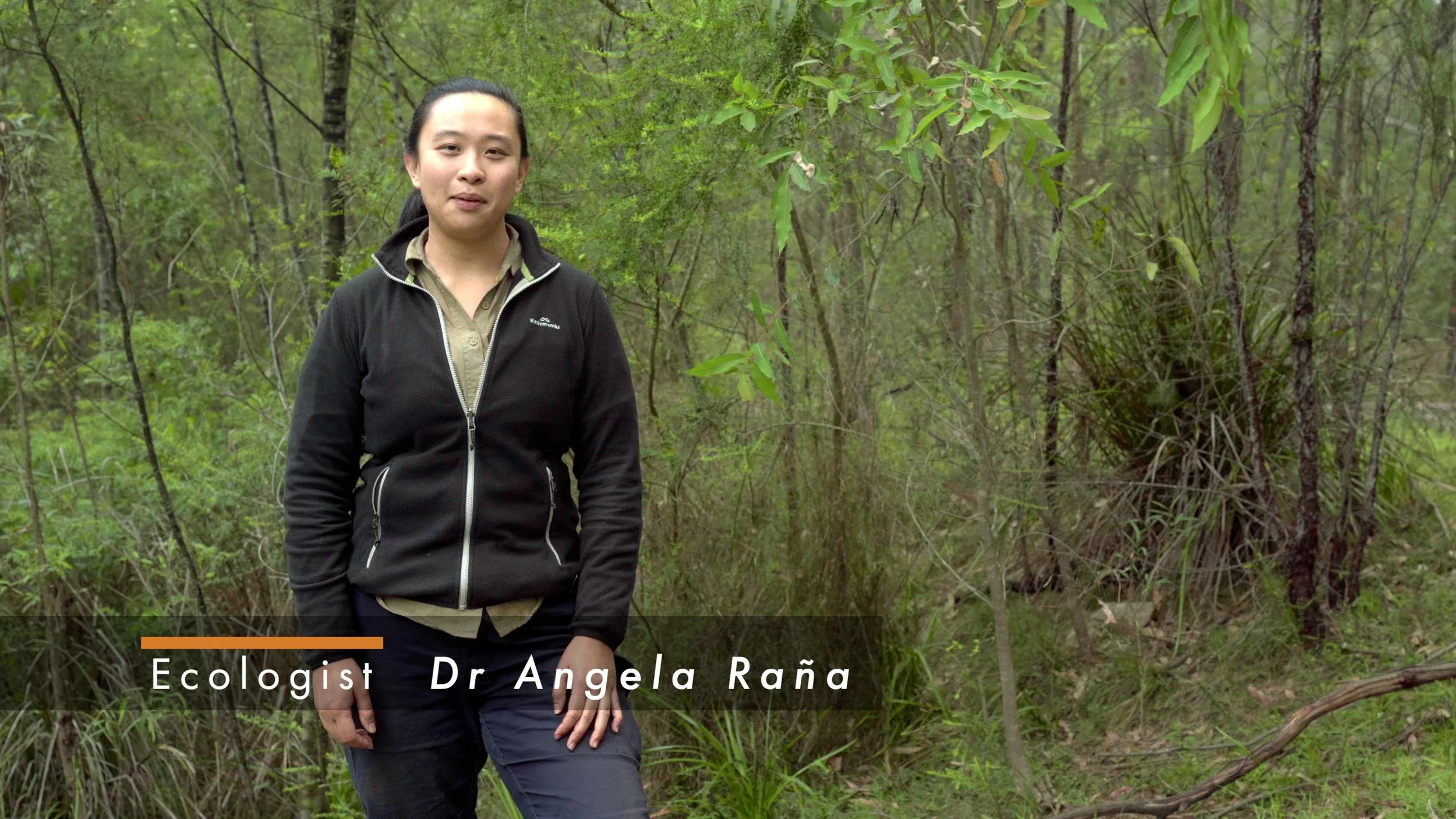
Refuge Tunnels
Artificial Refuge Tunnels: A Potential Lifeline for Small Mammals
The devastating 2019-2020 wildfires in Australia burned nearly 97,000 km² of vegetation, severely impacting wildlife habitats. Many small mammals struggled to survive as fires destroyed their shelter, making them easy targets for predators like feral cats and foxes. With climate change predicted to increase fire intensity, finding ways to protect vulnerable species is crucial.
One innovative solution being tested is the artificial refuge tunnel. These wire mesh tunnels (50m long, 1m wide, 0.4m high) have small openings that allow small mammals to enter while keeping predators out. Covered with shade cloth, they also help obscure prey from predators. These tunnels could provide much-needed protection in post-fire environments, allowing small mammals to find shelter and recover.
Research in desert habitats has shown that small mammals use these tunnels and feel safer around them, increasing their foraging activity. However, their effectiveness in forest environments remains uncertain. To explore their impact, a study was conducted in the Wollombi region of New South Wales, severely affected by the 2019-2020 fires.
Between September and December 2020, Dr Angela Rana, assisted by Mareshell Wauchope, installed 15 tunnels across three properties in the Upper Yango Valley and Finchley Track.
The study aimed to determine if these tunnels could aid small mammal recovery by reducing predation risks.
Refuge Tunnel under construction
Mareshell Wauchope (L) and Angela Rana (R)
Shortly after the tunnels were installed at Upper Yango, a hazard reduction burn by RFS crews at North Head escaped. In one afternoon the fire destroyed 10 years of rehabilitation work undertaken by the same AWC team that had been working in Upper Yango. As a result of the research undertaken by Angela Rana, the team were able to quickly deploy the life saving refuges across the headland.
Refuge tunnels were also successfully deployed on Kangaroo Island after the island lost 50% of its habitat in the Black Summer
While trials are ongoing, artificial refuge tunnels show promise as a practical conservation tool in fire-affected landscapes, potentially helping small mammal populations survive and rebuild.
Refuge Tunnels
Angela Rana experimented with artificial refuges as part of the AWC Post Bushfire survey in 2020.






